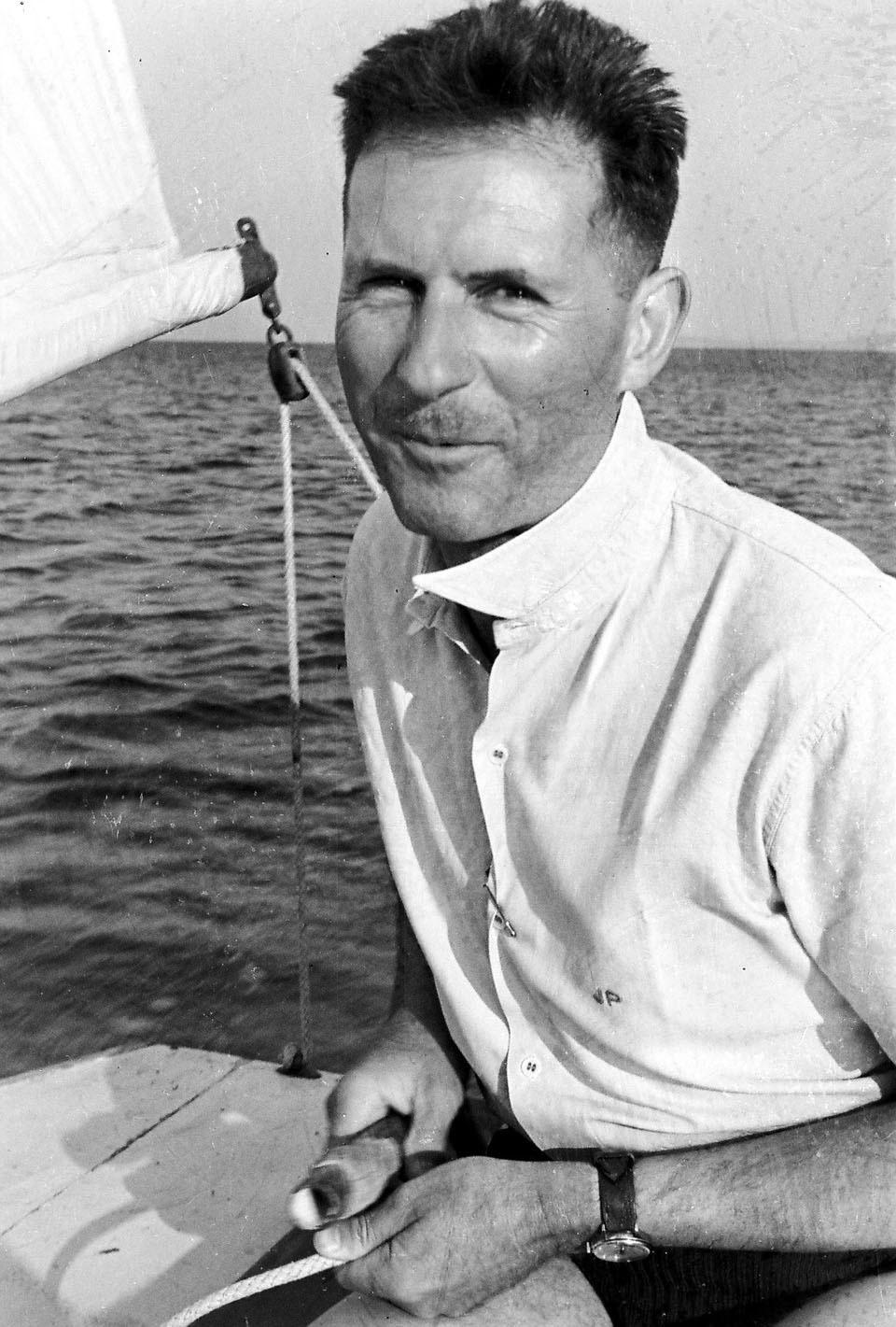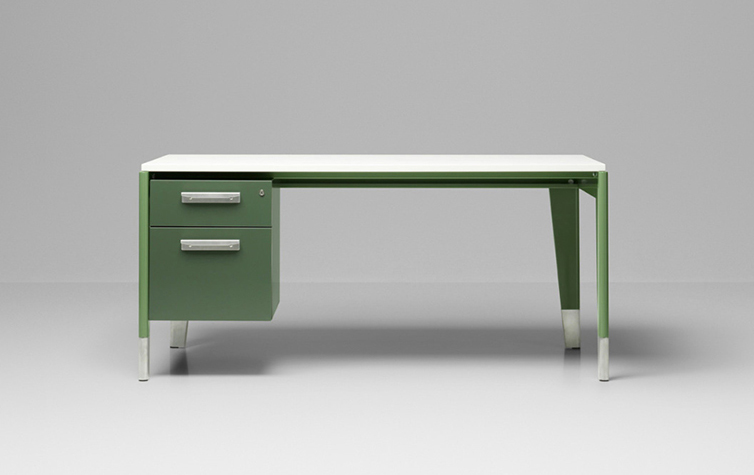Jean Prouve once said, “Never design anything that cannot be made.” It was this sentiment that guided his contributions to the world of furniture and architectural design.

Born in 1901 to famed French artist, Victor Prouve, who had roots in the Art Nouveau movement as a ceramicist and Marie Duhamel, a pianist. He was influenced early on by the art collective known as “l’École de Nancy” that his father was a part of. The collective’s efforts were meant to make art accessible and connect it to industry and social consciousness.
Prouve developed a deep understanding of materials, most notably metal, becoming a blacksmith and subsequently attending engineering school in Nancy, France. In 1923, he started his own workshop, where he designed metal furniture and collaborated with other artists, such as Le Corbusier and Charlotte Perriand. Though not as well-known in the modern design community as some of his partners, Prouve’s work nevertheless has endured through time and has recently experienced a resurgence in interest. It’s theorized that the omission of his mention in design history texts may be due to the complexity and sheer range of his designs. Never one to limit his creativity with labels, Prouve wrote, “Architect? Engineer? Why raise the question, why debate it? The important thing is to build…”

Among Prouve’s innovations was a new way of folding sheet metal, which became the basis for a series of tables he created. In the mid-1950s, Jean Prouve began focusing exclusively on prefabricated architecture. He experimented with solutions to the challenges prefab presents by constructing his own house using the method. The structure became a prototype and is now recognized as a major development in the evolution of prefab housing. Prouve felt his work was more a production of form rather than design.

Jean Prouve died in Nancy in 1984.
If you love architecture as much as design, be sure to learn more about Jean Prouve by visiting his museum website.













